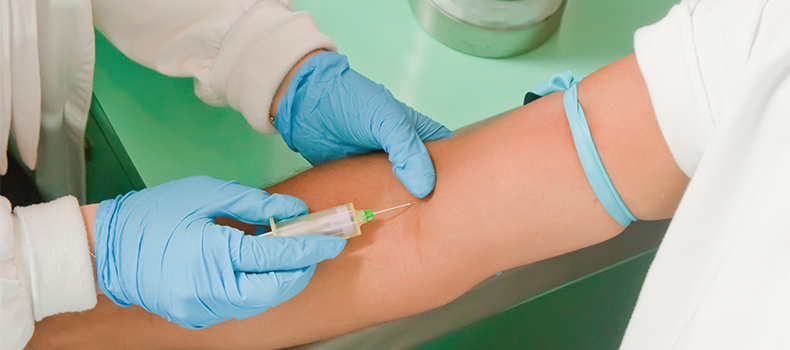Mastering Phlebotomy Skills: Essential Techniques for Aspiring Blood Collection Professionals
Phlebotomy plays a crucial role in the healthcare industry, serving as the gateway to efficient blood collection and analysis. For aspiring blood collection professionals, mastering phlebotomy skills is essential not only for ensuring patient comfort but also for obtaining accurate laboratory results. This article explores essential techniques, benefits, practical tips, and real-life experiences to enhance your phlebotomy training.
1. What is Phlebotomy?
phlebotomy is the practice of drawing blood from patients for medical testing, transfusions, research, or donation. A phlebotomist is a trained professional who specializes in this skill, ensuring safe and effective procedures while maintaining a soothing environment for patients.
2.Essential Phlebotomy Techniques
As you aspire to become a skilled phlebotomist, it’s crucial to familiarize yourself with the following core techniques:
2.1 Proper venipuncture Technique
Venipuncture is the most common method for blood collection. To master this technique, follow these steps:
- Readiness: Gather necessary supplies, including gloves, collection tubes, needles, alcohol swabs, and bandages.
- Patient Identification: Confirm the patient’s identity and explain the procedure to alleviate anxiety.
- Site Selection: Choose the appropriate arm, typically the antecubital fossa, and palpate for veins.
- Cleaning: Clean the puncture site with an alcohol swab and allow it to dry.
- Insertion: Hold the needle at a 15-30 degree angle and insert smoothly within the vein.
- Blood Collection: Allow the blood to fill the collection tube, then remove the needle swiftly.
- Aftercare: Apply pressure to the puncture site and bandage it appropriately.
2.2 Capillary Collections
Capillary blood collection is performed when venipuncture is not viable, especially in infants. Key techniques include:
- Using a lancing device to puncture the heel or fingertip.
- Warming the site beforehand to increase blood flow.
- Collecting blood in microtubes to minimize contamination.
3.Benefits of Mastering Phlebotomy Skills
Developing strong phlebotomy skills comes with several advantages:
- career Opportunities: Phlebotomists are in high demand across hospitals, clinics, and laboratories.
- Patient Interaction: Easing patient anxiety and providing compassionate care enhances your role in healthcare.
- competitive Salary: Skilled phlebotomists can earn a competitive wage, often bolstered by overtime and benefits.
4. Practical Tips for Aspiring Phlebotomists
Here are some practical tips to enhance your phlebotomy skills:
- Practice with Simulation: Use simulation kits to practice venipuncture and capillary techniques safely.
- Stay Updated: Attend workshops and industry seminars to keep up with evolving techniques and regulations.
- Seek Mentorship: Learn from experienced phlebotomists who can provide valuable insights and feedback.
5.Real-Life Case Studies: Learning from Experiences
Understanding real-life scenarios can provide valuable lessons for aspiring phlebotomists. Here are a few case studies:
| Case Study | Situation | Resolution |
|---|---|---|
| Patient Anxiety | A child was terrified of needles. | Engaged in playful conversation to distract and calm the child before proceeding. |
| Vein Visibility | A patient had difficult veins. | Used ultrasound to locate veins and ensured proper insertion technique was applied. |
| Contamination Risk | Gloves were accidentally punctured. | The procedure was halted promptly,and a new setup was prepared to prevent contamination. |
6. Conclusion: The Path to Phlebotomy Mastery
Mastering phlebotomy skills is vital for aspiring blood collection professionals.A combination of theoretical knowledge, practical techniques, and empathy towards patients will not only enhance your capabilities but also contribute considerably to the quality of patient care. By implementing the techniques discussed, continuously seeking knowledge, and gaining hands-on experience, you will be well on your way to a successful career in phlebotomy. remember, every blood draw is an prospect to practice your craft and make a difference in someone’s health journey.
